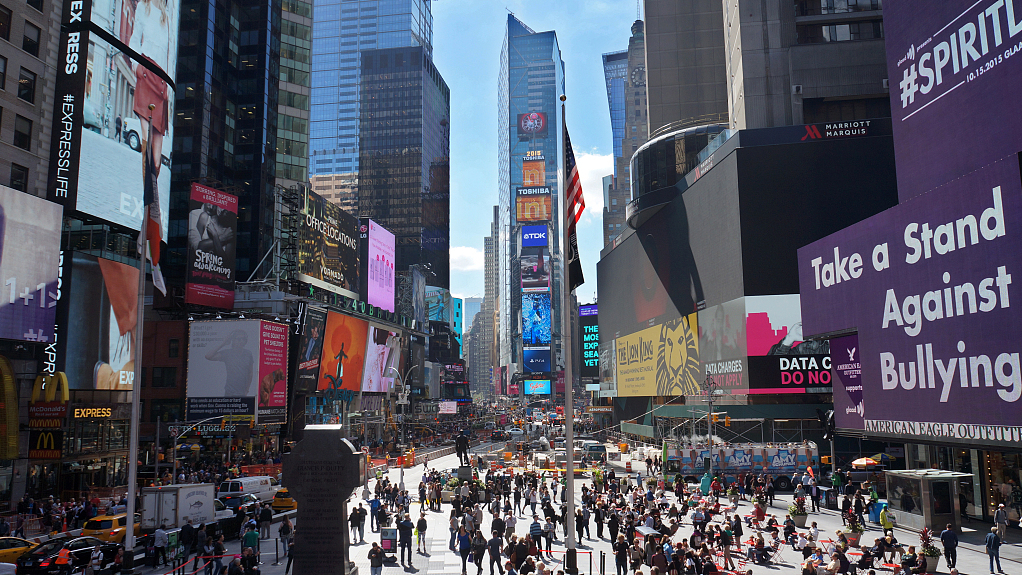

The Chinese and the American delegations are meeting in Shanghai in an effort to resolve the year-long trade dispute. Besides China's non-financial direct investment made in the U.S. dropping 20 percent in H1 2019, compared to last year, to 1.96 billion U.S. dollars, other sectors like tourism have also been affected.
According to the National Travel and Tourism Office (U.S.) data, from January to June 2019 there was a 3.1 percent decline to 1.4 million Chinese tourists entering the U.S.. February was the worst month with a 15.5 percent drop.
This data shows that the downward trend registered in 2018 continues in 2019. In May, the same American tourism authority indicated that travel from China to the U.S. fell 5.7 percent in 2018 to 2.9 million visitors. It was the first time since 2003 that a decline was recorded, and it came in a year when Chinese outbound traveling boomed with a 14.7 percent increase from the previous year.
Data related to visa applications shows that in H1 2019 there was a 1 percent drop in business visas and a 5.1 percent fall in pleasure visas. This doesn't discourage Wolfgang Georg Arlt, founder and director of the China Outbound Tourism Research Institute (COTRI), who believes in a rebound after the trade disagreement is resolved.
"Many Chinese people travel to the U.S. for study, business or visit friends and relatives. This is not so much influenced by the trade war. But the number of leisure travelers has decreased a lot and will continue to decrease as Chinese visitors do not feel welcome anymore in the U.S.," said the director to CGTN by email.
For the scholar, "the wish to visit the U.S. remains, so after the end of the disagreements these deferred trips [by Chinese tourists] will take place at that later time."
Data for the first semester of 2019 shows that student visas from China to the U.S. registered a positive evolution of 3 percent. However, it remains to be seen if the second half of the year will be similar, since China’s Ministry of Culture and Tourism issued an alert in June for the U.S., urging Chinese students to take into consideration the risks involved with tightened visa restrictions.

FITs snatch part of the outbound market
In terms of the development of Chinese outbound tourism, Arlt believes it will be divided into three forms of travel, each having about a third of the market share. The first is the traditional package tour groups from second and third-tier city inhabitants, offering low prices and destined for the major sights.
The second type is customized groups, with small groups of people that know each other beforehand, from first or second-tier cities with special interests and willing to spend more money. Free independent travelers (FITs) make the last category. Younger travelers from first and second-tier cities, in groups of two to five people, looking for authentic experiences and contact with local people.
"Experiences are getting more important, learning something like cooking, wine tasting, dance, music or art, adventure, and high-quality dining are getting more bragging power than just staying in Four Seasons and buying LV bags. Rich Chinese travelers are learning that luxury does not mean expensive, but exclusive," said the COTRI director.
"Luxury tourism will continue to be important, but as in this segment a lot of travel takes place already, their relative importance in a growing market will shrink," Arlt said.
(With input from Xinhua, AP)

Copyright © 2018 CGTN. Beijing ICP prepared NO.16065310-3
Copyright © 2018 CGTN. Beijing ICP prepared NO.16065310-3